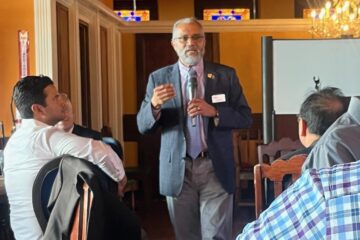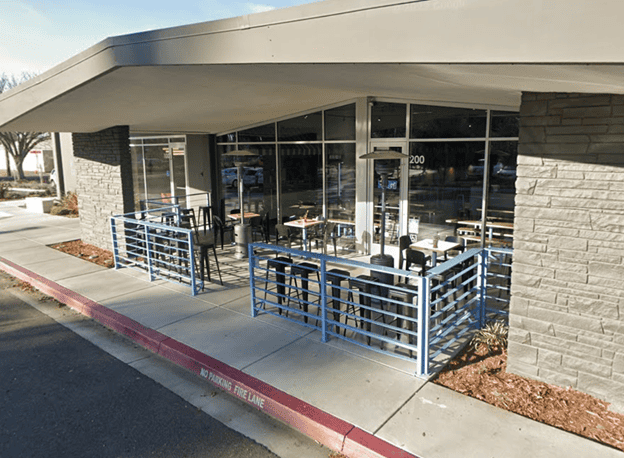Unpacking California Bay Area Case Studies
Construction of buildings on former landfills has become a conventional practice in the San Francisco Bay Area as well as throughout the United States. There are over 20 office, hotel, retail, recreational, and educational building projects in the Bay Area built over as much as 135 feet of landfill material.
Construction over former landfill sites provides benefits to the public and to the environment by reducing development pressure on natural, undeveloped areas. Regulatory agencies support the reuse of former landfill site for commercial development because the productive use provides active stakeholders and helps provide funding for post-closure monitoring and maintenance. However, construction on landfill sites requires special attention to site conditions not generally encountered at other sites, such as settlement of landfill materials and the presence of landfill gas.
There are a number of successful landfill end-use projects in the San Francisco Bay Area and in other urban areas in the United States where these landfill characteristics have been appropriately addressed. There have also been some cases where landfill end-use developments have experienced failures requiring expensive repairs. In these cases, unsatisfactory performance resulted from failure to adequately address these landfill characteristics during project design and construction.
This presentation will review the technical and regulatory challenges and typical engineering and design solutions employed to build on landfills, as well as the problems that can develop. Bay Area landfill development projects will be reviewed, with the America Center commercial office project on the Highway 237 Landfill in San Jose as a case study.
About the speaker

Mr. Wheeler has 40 years of professional experience in hydrogeology, geology, geochemistry, and environmental science, including 35 years as an environmental consultant in California. He was the environmental and engineering program manager for design, Title 27 permitting, and construction of the America Center commercial end-use project on the closed Highway 237 Landfill in San Jose, California and has been the environmental monitoring program manager at the site since 1985. America Center is a pile-supported, 900,000-square-foot commercial business park on a 50-foot thick landfill. For the 237 @ First Street Development on the Syntax Court Disposal Site in San Jose, California, he coordinated the geotechnical, environmental, and Title 27 permitting programs for development of two office buildings on the former site, and co-authored the Closure / Post-Closure Land Use Plan for approval by the landfill agencies. Mark received his B.S. in geology from Haverford College (1977) and his M.S. in geology from the University of California, Davis (1984). Between undergrad and grad school he worked on a marine geology project at the USGS in Menlo Park CA, and was involved in seafloor hazards assessment and coastal mapping in the eastern Gulf of Alaska. After grad school he again worked for the USGS, this time as a geochemist for stable-isotope investigations of waters, gases, and minerals from geothermal systems in California, Wyoming, and Mexico. Since 1985 Mark has worked as an environmental consultant focusing on characterization, monitoring, closure, and post-closure development of landfills and distressed properties. He learned his environmental consulting chops at EMCON Associates in San Jose from 1985 to 1992, then started a small consulting firm, Groundworks Environmental, with a grad school colleague. When the colleague moved to the foothills in 1998, Mark started Crawford Consulting in San Jose, CA. Mark and his wife Pegi moved to Chicago last year but Mark is maintaining his clients and projects in the Bay Area with the help of his two staff in the Bay Area.



0 Comments